This project had two purposes:
1. make a new porch hammock using the naval rope ends.
2. prototype for seeing how short I can make a hammock that feels like a 11' foot hammock with mini-spreader bars. This particular hammock is 9'' something. I like the mini-bars, all my diy hammocks will either be mini-bars or rope ends from now on, but they don't pack down as well. The next plan is to get some ripstop and repurpose these nettles for it.
The rope ends really do help open up the hammock and there was absolutely no calf pressure. (I will be replacing this rope with a larger diameter cotton rope that fits the aesthetics of this hammock better.)
IMG_0844 by bohlmann.eric, on Flickr
The hammock body:
the end channels have 3 inch button holes, folded in half, along the edge of the channel. Running through the channel is a 1/8th piece of amsteel. The nettles run around the amsteel making the hammock body removable for cleaning.
IMG_0842 by bohlmann.eric, on Flickr
Unique feature of the 1/8th amsteel rope:
I designed the rope to have end attachment points for the nettles. It is the same length (53'') as the width of the hammock. Each end has an adjustable locked brummel that locks onto a rope and knot that is spliced into the rope further down the rope from the brummel. The picture below shows the loop closed (top) and the loop open (bottom). These ends lock the hammock body to the nettles. The true naval hammock uses very large and heavy rope for the nettles to attach to and has no need to lock the nettles to the rope. Here is a link to a great tutorial for how to make a naval hammock: http://theultimatehang.com/2013/01/w...clew-tutorial/
IMG_0829 by bohlmann.eric, on Flickr
The Clew:
I used a product called, "The Handy Hundred," and its rated at a 100 pounds and comes in spools of a 100 feet. Its the size of zing-it but only costs 2 dollars at a great military surplus (Andy and Bax) store here in Portland, Oregon. While it holds a lower amount of weight than some would feel safe with, I don't expect it to fail since there is 13 nettles on each side, making a total of 26 strands for each side holding my weight. I'm fairly sure this rope will be adequate. Time will tell.
IMG_0843 by bohlmann.eric, on Flickr
IMG_0840 by bohlmann.eric, on Flickr
IMG_0841 by bohlmann.eric, on Flickr
As you can see each side of the nettle has two shorter nettles, but after laying it the hammock I don't think they are necessary. Next time I will leave all the nettles the same length. The length of the nettles was determined by diving the hammock body width in half. In this case, they are 26 inches, with the two side nettles begin 24' and 25'.
Exploration:
Not only do I want to make a very comfortable short hammock, but I also want to play around with how the nettles can change how the hammock hangs. In a previous post ( https://www.hammockforums.net/forum/...ad.php?t=88356 ) I shared a picture of an offset clew with the hope that it would work like a footbox. Since the "Handy Hundred" is inexpensive I can easily try new things without breaking the bank. I won't be doing this any time soon, my next project is the perfect pair of underwear, but will post once I do.
I encourage everyone to try making a naval hammock. The clews are easy to make, don't tangle easily, provide amazing comfort, and look classy to boot!






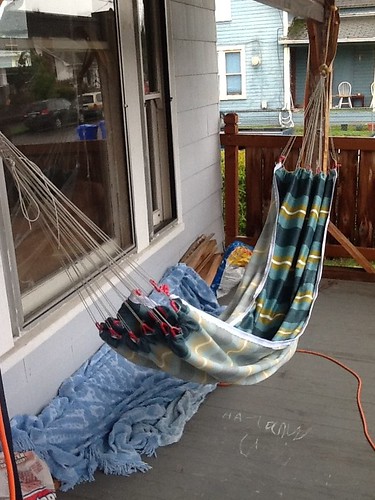
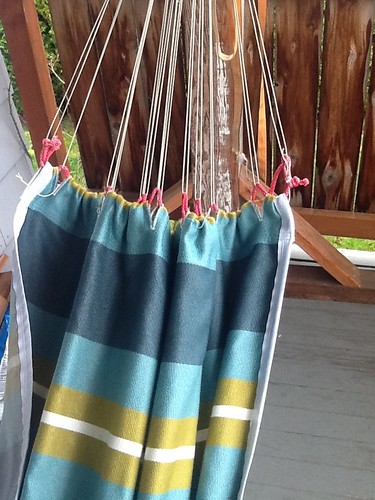

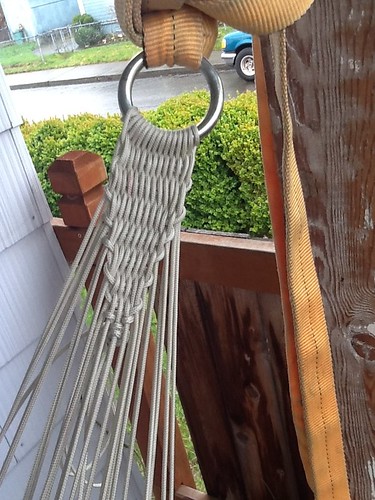
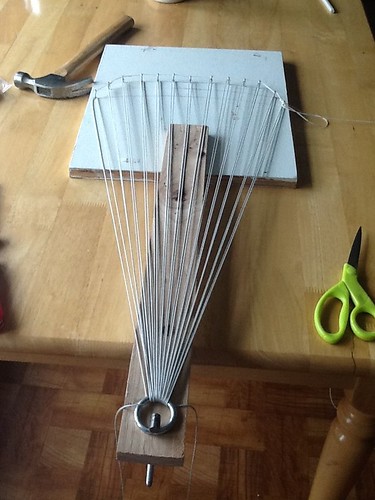
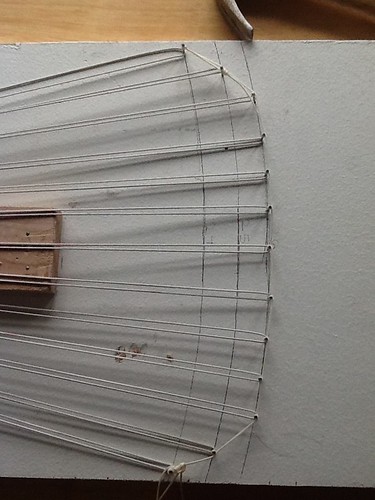

 Reply With Quote
Reply With Quote

Bookmarks